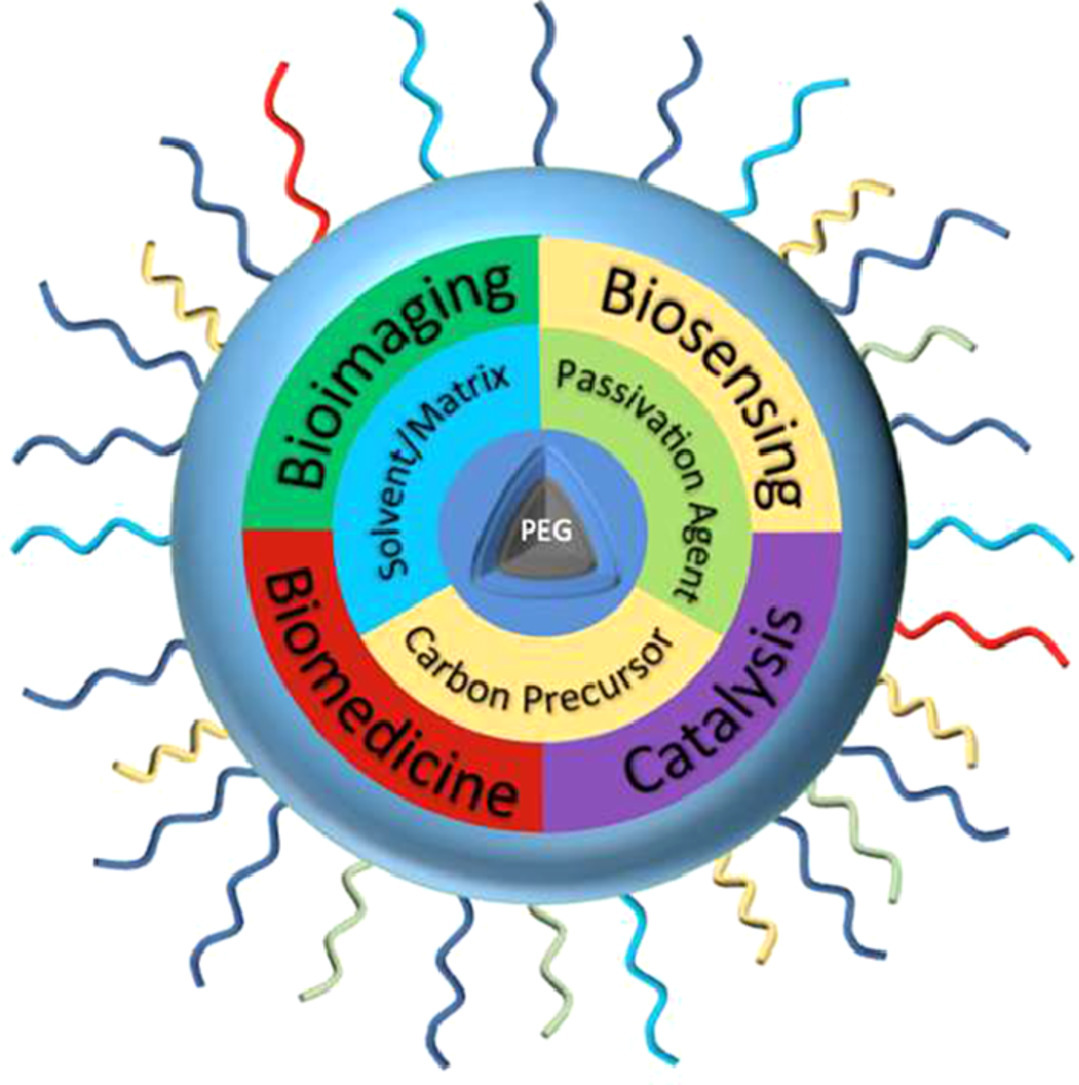The chemical structure of polyethylene glycol (PEG) is HO-(CH2CH2)n-OH, which is a general term for ethylene glycol polymers with a relative molecular mass of 200 to 8000 and above.
Polyethylene glycol is the polymer with the lowest level of absorption by proteins and cells among the known polymers. Polyethylene glycol is easily soluble in water, ethanol and most common solvents at room temperature, and is non-toxic, harmless and non-irritating to the human body, has good biocompatibility, lubricity and moisture retention. Because of the above-mentioned good characteristics, polyethylene glycol has a very wide range of applications in various industries, and can be seen everywhere in daily life, such as, toothpaste, hair cream, deodorant in the cosmetics and daily necessities industry; calendered paper in the paper industry, Nylon fiber, photographic developer; ointment, suppository, tablet, etc. in the pharmaceutical industry.
According to the molecular weight, spatial conformation, end groups, etc. of polyethylene glycol derivatives, it can be divided into monomolecular polyethylene glycol derivatives, methoxy polyethylene glycol derivatives, and Y-type branched polyethylene glycol derivatives, and multi-arm polyethylene glycol derivatives etc.
Although polyethylene glycol is widely used, it is very difficult to produce high-purity polyethylene glycol raw materials for the pharmaceutical industry. As the basis for the preparation of polyethylene glycol modified drugs, the purity of polyethylene glycol raw materials also directly affects the quality of the final drug. Medical medicinal polyethylene glycol derivatives are important materials in the production and preparation of downstream APIs and polyethylene glycol gel medical device products. In addition to higher molecular weights, they have higher standards of purity, polydispersity, and impurity content.
Application of Polyethylene Glycol in the Pharmaceutical Industry
PEGylation is a chemical modification process that connects active derivatives of polyethylene glycol to therapeutic protein/peptide drugs or drug delivery systems (such as nanoparticles, nucleic acid drug delivery platforms, etc.).
Pegylation is the world’s advanced pharmaceutical molecular modification and drug delivery technology. When polyethylene glycol derivatives are coupled to the surface of drug molecules, it will significantly improve or change the hydrophilicity, volume, molecular weight, spatial conformation, and steric hindrance of molecular interaction of drug molecules, thereby changing the solubility and spatial barrier of drug molecules. , Reduce enzymatic hydrolysis, have outstanding advantages such as attenuating toxicity, reducing immunogenicity, prolonging half-life, changing tissue distribution and increasing the concentration of targeted sites. It is the mainstream solution for long-acting drugs. At the same time, due to its excellent biocompatibility and hydrophilic properties, it can improve the cell compatibility of the copolymer polymer materials, and has the potential for the controlled release of drugs and the application of new biological drugs such as proteins, peptides and oligonucleotides. In addition, because of its good gel and degradability, polyethylene glycol can also be widely used in the fields of medical devices and medical materials.

PEGylation is the earliest and most used for long-acting protein or peptide drugs. With the deepening of PEGylation research, its application boundaries are constantly widening. In addition to peptide and protein drugs, it is also applied to small molecule drugs, gene drugs, etc., which can improve the effect of drugs, extend the half-life, reduce toxicity, and change the affinity of the target site, improve the solubility, change the membrane penetration characteristics, reduce the immune response, reduce the drug metabolism rate, etc.
Although PEG is considered safe and reliable, its side effects as a drug delivery vehicle into the body still need to be monitored. Moreover, after long-term administration, the potential side effects caused by the massive accumulation of PEG in tissues and organs also need to be explored. Therefore, efficient and sensitive detection methods are also an important part of the clinical application of PEG. In order to perform sensitive measurements on PEGylated compounds, Creative Diagnostics has produced a set of specific anti-PEG monoclonal antibodies. These antibodies have been verified to be used in various types of immunoassays, and can be used as detection tools for high-quality research to develop sensitive and specific assays.
Application of Polyethylene Glycol in the Field of Medical Devices
Polyethylene glycol is a synthetic polymer material with the best biocompatibility. In addition to being widely used in medicine for long-term and synergistic effects, its applications in medical devices are also being continuously developed. Because polyethylene glycol material has the advantages of solubility, good biocompatibility, non-toxicity, low immunogenicity, etc., it can be widely used in the adhesion, hemostasis, anti-leakage, and anti-adhesion treatment of wounds in various surgical operations equipment materials of the human body. At the same time, the polyethylene glycol material can also be used as a raw material for implanted medical devices in the human body, replacing the widely used plant, animal and human sources materials, so it has a very wide range of medical applications.
The main application of medical device products is multi-arm polyethylene glycol derivatives. Multi-arm polyethylene glycol derivatives can form hydrogels due to their relatively large molecular weights, and have good water barrier properties and tissue activity. Utilizing this characteristic of polyethylene glycol material, it can be made into a gel medical device for hemostasis and tissue isolation, which can be gradually degraded in the human body and completely discharged outside the body. The above-mentioned tissue sealant or tissue isolation medical device can be widely used in surgery or tumor radiotherapy, and has a broad prospect.
